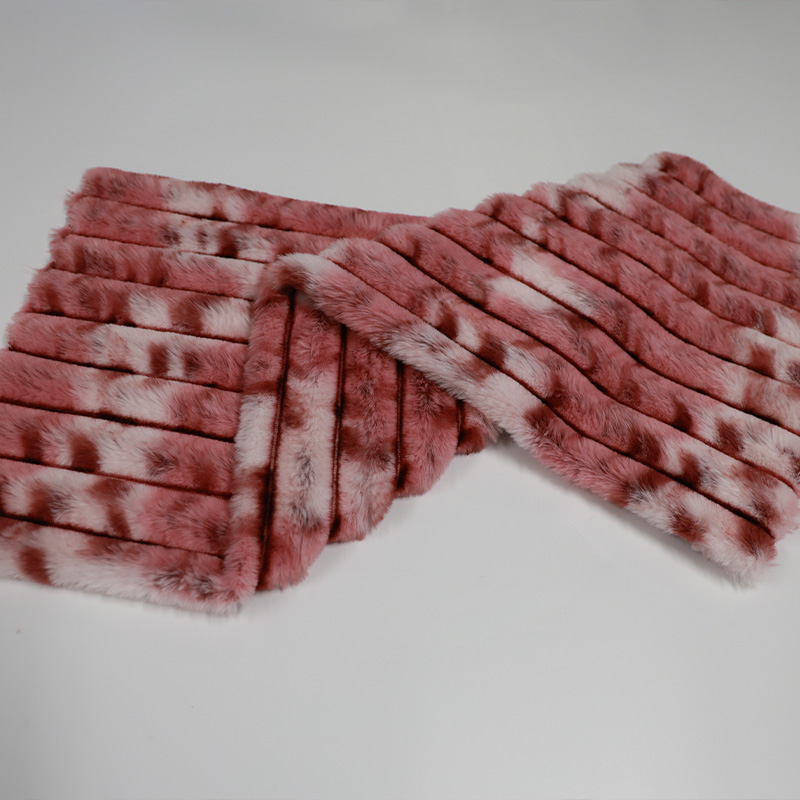











Faux rabbit fur has gained popularity in the fashion industry due to its ethical appeal and versatility. However, like any material, it has its limitations when applied to fashion design. This article aims to assess the primary limitations of faux rabbit fur in fashion applications, providing a balanced view of its challenges and opportunities.

1. Durability and Wear and Tear
One of the key limitations of faux rabbit fur in fashion applications is its durability. Unlike genuine fur, faux fur is made from synthetic fibers, which can be prone to wear and tear over time. Frequent exposure to friction, high temperatures, or harsh chemicals can degrade the fibers, leading to shedding, pilling, or fading. This can be particularly problematic in high-wear areas of garments, such as cuffs, hems, and collars. Manufacturers must carefully select materials and production techniques to enhance durability, though this often comes at a higher cost.
2. Maintenance and Care
Maintaining faux rabbit fur can be more complex than genuine fur. Synthetic fibers may require specific cleaning and care instructions to prevent damage. Machine washing or tumble drying, for instance, can cause the fibers to mat or lose their shape. Handwashing and air drying are often recommended, but this can be time-consuming and labor-intensive for consumers. Additionally, faux fur may not respond well to steaming or pressing, limiting the ability to restore its original appearance after wear.
3. Appearance and Realism
While faux rabbit fur has become increasingly realistic in appearance, achieving a perfect mimicry of genuine fur remains challenging. The texture, color, and movement of synthetic fibers can sometimes appear artificial or flat compared to the natural lushness and depth of genuine fur. This can be particularly noticeable in high-end fashion applications, where consumers expect a high level of realism and luxury. Manufacturers must continue to invest in research and development to improve the realism of faux fur, though this can increase production costs.
4. Design Limitations
The design flexibility of faux rabbit fur can be limited by its material properties. Synthetic fibers may not hold intricate patterns or textures as well as genuine fur, limiting the range of designs and styles possible. Additionally, the bulkiness of faux fur can make it challenging to incorporate into sleek or minimalist designs. Manufacturers must be creative in their design approaches, finding ways to balance the warmth and texture of faux fur with the aesthetic demands of modern fashion.
5. Cost Considerations
The cost of faux rabbit fur can be a limiting factor in fashion applications. High-quality faux fur, particularly that which closely mimics genuine fur in appearance and feel, can be expensive to produce. This can make it less accessible to consumers on a budget, limiting its market reach. Manufacturers must carefully balance cost and quality, ensuring that faux fur remains an affordable and attractive option for fashion designers and consumers alike.
In conclusion, faux rabbit fur has several limitations when applied to fashion design, including durability, maintenance, appearance, design flexibility, and cost. These challenges must be carefully considered by manufacturers and designers when incorporating faux fur into fashion collections. By understanding and addressing these limitations, the fashion industry can continue to innovate and create beautiful, ethical, and practical faux fur garments that appeal to a wide range of consumers.